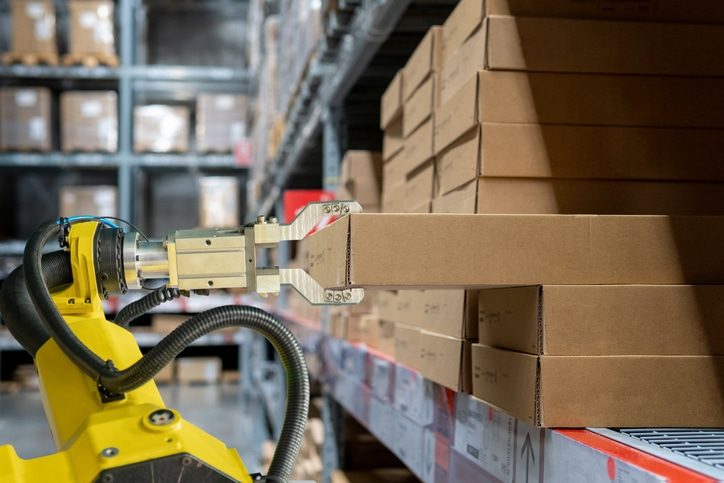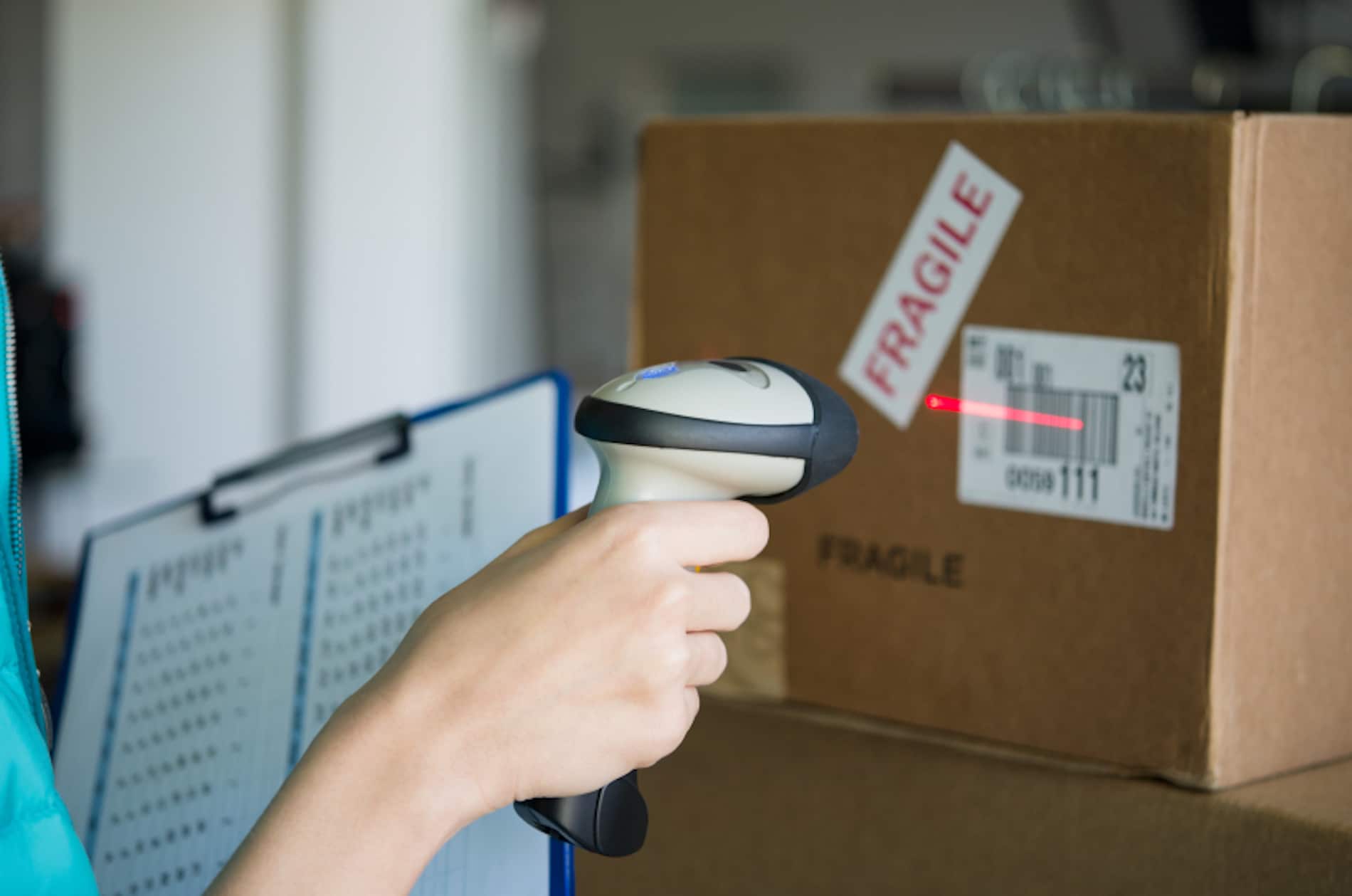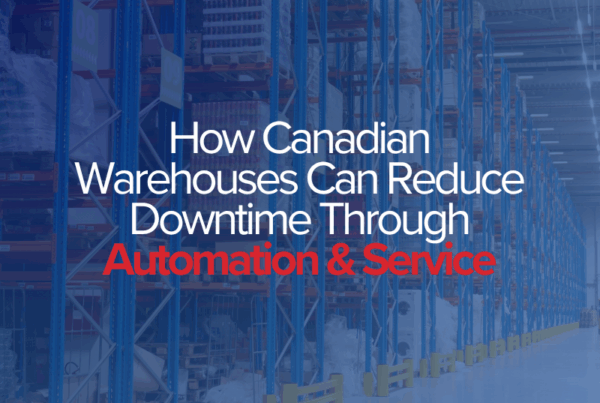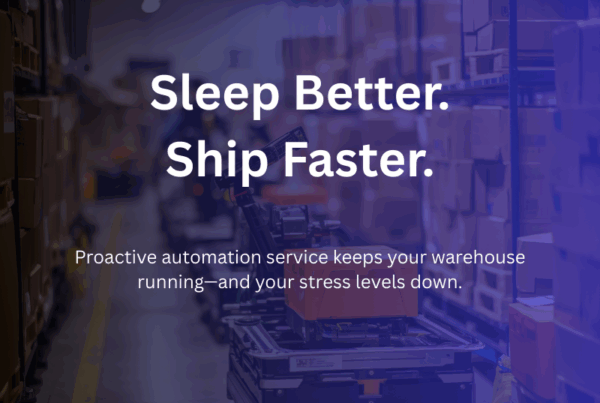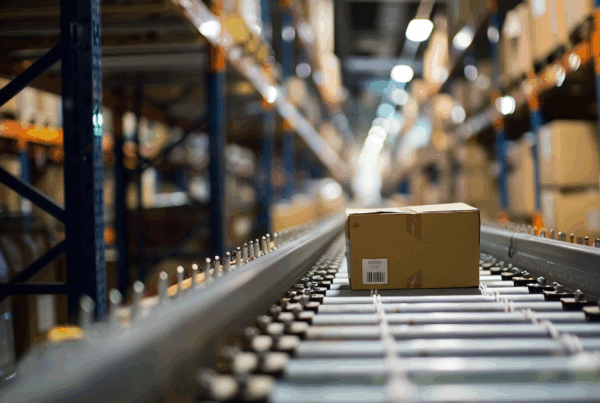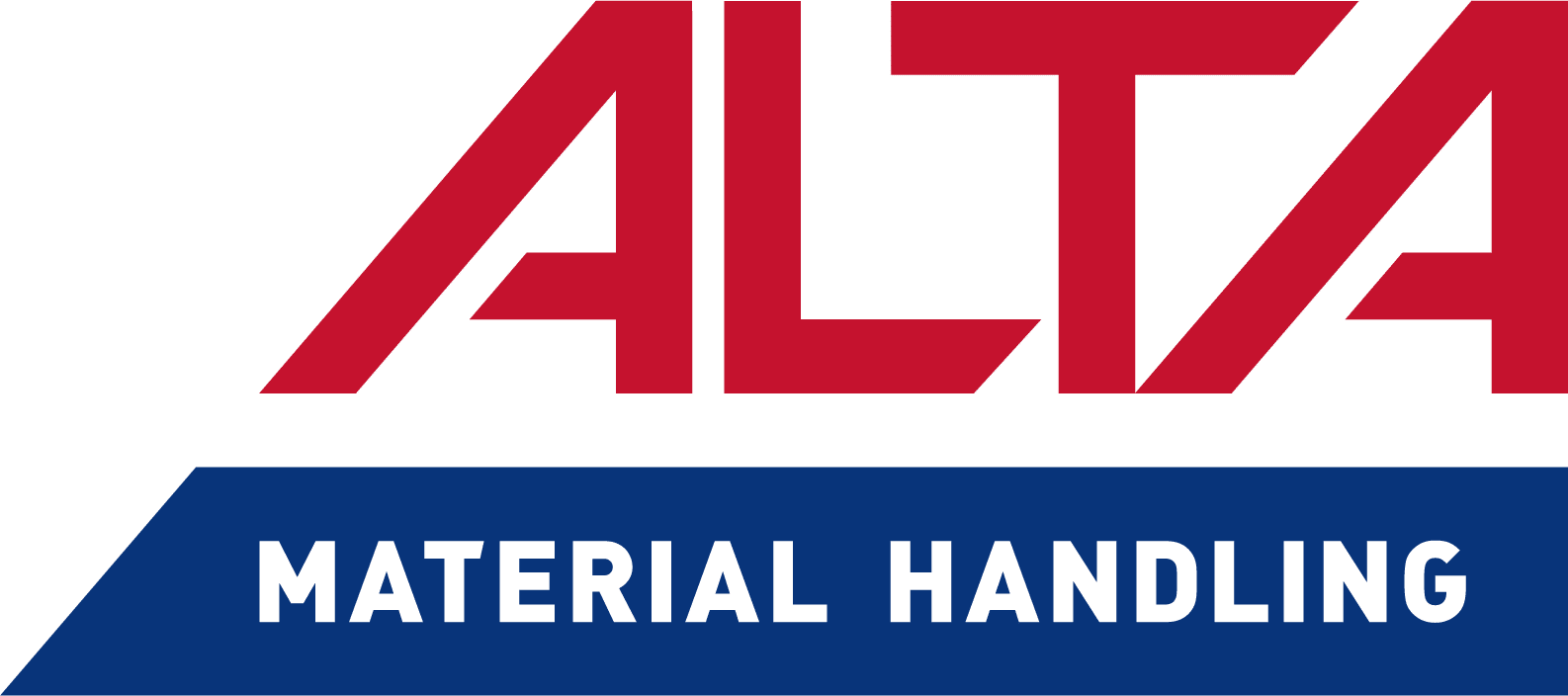Warehouse automation by definition
Warehouse automation is a broad term encompassing most modern upgrades in a warehouse environment. Robots, autonomous vehicles, and automated storage and retrieval systems are of course ‘automation.’ But so are the systems and software that enable these machines to work, such as ABC inventory management and data management systems.
Even people, when enabled by such technologies as pick-to-light or pick-to-voice, can be thought of as one component of a larger automated solution.
At PeakLogix, our mission is to provide innovative solutions that maximize your resources and productivity. With literally thousands of moving parts in a modern warehouse, and all of them considered part of an automated solution, we wanted to provide some clarity, offer some definitions, and explain how warehouse automation will help you optimize your resources.
Types of automation
Storage and Picking Automation
When we talk about storage and picking automation, we’re really talking about two broad categories: person-to-goods systems and goods-to-person systems.
Goods-to-person systems are, by their nature, more fully automated. In these operations, goods are automatically brought to an operator at a picking station.
Vertical or horizontal carousels, Automated Storage and Retrieval Systems (AS/RSs) and Vertical Lift Modules (VLMs) all incorporate the means of storage as part of the picking solution. Installing these systems means also installing racking – or upgrading the existing racking – capable of supporting the new automation.
Goods-to-person systems able to function within a facility’s existing storage exist, and include such solutions as Automated Guided Vehicles (AGVs) and Autonomous Mobile Robots (AMRs).
In a person-to-goods operation, the operator moves throughout the warehouse and picks the merchandise from storage. Their workflow may look similar to paper picking – the operator moves through a warehouse, finds items, and brings them to a packing station.
However, automated person-to-goods systems can include such upgrades as batch or wave picking. These require a data management system to control the flow of orders, allowing operators to collect multiple items for multiple orders, which cuts down on travel time and increases throughput.
At the same time, warehouses may use pick technologies such as pick-to-light, pick-to-voice, or pick-to-RF. These technologies are simple to integrate and can decrease picking error rates by up to 67%, while still improving throughput. Depending on the system, these may look like equipment installed in a warehouse, or as devices worn or carried by operators.
Barcode Labels and Scanning Automation
Barcode labels and scanners can be introduced at very low cost and are easily scaled up to large operations. Moreover, because of their versatility, barcode labels and scanners are often under-valued even in facilities that already use them.
Studies have shown that inaccurate transactional data increases labor costs by as much as 25%. Removing the need for people to write, read, and re-write information that could be attached to a label is a simple, efficient upgrade for many businesses.
Because barcodes and scanners can be attached to individual items or to boxes, totes, and trays, they are also an invaluable tool in processes such as batch and wave picking, directed picking, and pick-and-pass.
They also enable in-motion weighing and dimensioning. Among other benefits, these can cut shipping costs, which alone can result in major savings.
Data Management Systems
The past two decades of advances in computing have brought fulfillment from handling cases and pallets to single pieces, from single pieces to same-day shipping, and from same-day shipping to same-day delivery.
Handling that kind of volume and speed wouldn’t have been possible in the early ‘90s; the computing power didn’t exist.
Today’s warehouses are largely controlled by data management systems – software that can track all the disparate components of a warehouse. Their complex algorithms and controls allow thousands of pieces to be processed and shipped in the time the customer expects. More than 80% of respondents to a 2021 Warehouse and Distribution Center Operations survey reported using some kind of data management system.
Enterprise Resource Planning (ERP) systems are best with sequential planning systems, and streamline the flow of information between departments in a large organization.
Warehouse Management Systems (WMSs) focus on tracking inventory. They are involved with everything that might happen to an item, including ordering, receiving, processing, and shipping.
Warehouse Execution Systems (WESs) offer some of the inventory controls of a WMS, but are really focused on the execution of tasks performed both by automation and operators. WESs allow different components in a warehouse – AGVs and VLMs, for example – to work together.
Warehouse Control Systems (WCSs) are integrated into a WMS. They directly control equipment and automation such as AS/RSs, carousels, conveyors, and sorters.
Conveyor Control Systems (CCSs) are, as their name implies, used to control conveyors. They allow for incredibly high accuracies and throughputs in complex conveyor lines that, for example, can change their speed to facilitate the workflow and prevent bottlenecks, sort thousands of items, or allow for zero-pressure accumulation.
Automated Guided Vehicles (AGVs)
Automated Guided Vehicles (AGVs) are, at their most basic, driverless vehicles used to move material.
Over the next five years, AGVs and autonomous mobile robots (AMRs) are expected to dominate the industry with a 15% control of the warehouse automation market.
This is because of their affordability, versatility, and the ease with which they can be integrated into virtually any facility.
AGVs can work within a facility’s existing layout. Once the controllers are installed into the data management system, little additional training is needed for operators to work with these systems safely.
Moreover, they can be purchased as a single unit or as a fleet of units. This ease of scaling makes them versatile solutions to the problem of adjusting a facility’s throughput as it sees increased growth.
Automated Storage and Retrieval Systems
For facilities or even zones within a facility that need the highest throughput and accuracies, and the densest storage, nothing can compete with an Automated Storage and Retrieval System (AS/RS).
In the past, AS/RSs were prohibitively expensive and only seen in facilities with the highest demands. With advances in computing and machining, AS/RSs have become both more modular and affordable.
Unit-load AS/RSs can be as tall as 100 feet and can store and retrieve loads of up to 5,500 lbs. They are composed of narrowly spaced racking through which a storage and retrieval machine (SRM) moves in two dimensions, guided by a mast and crane. These are the grand-daddies of the AS/RS family, and certainly not every facility would realize an ROI on these systems. For facilities that do need them, however, nothing can compete with their efficiency and accuracy.
Mini-load AS/RSs are smaller, self-contained versions of unit-loaders. They also are made of narrowly spaced racks and an SRM. They are typically between 10 and 40 feet tall, and between 50 and 300 feet long. They can be installed as a single unit, or as a system.
Carousels act like rotating shelves, and are both a means of storage and a pick face. Items are stored in the shelves, which rotate to bring the items to an operator who picks them. They can save as much as 75% of the floor space of a traditional racking system and, when used in tandem with systems such as pick-to-light technologies, offer accuracy increases of up to 99.9%.
Robotic Palletizers
Robotic palletizers and depalletizers are an essential component of many production and warehousing lines. They automate the repetitive, injury-prone, low-value tasks of stacking and unstacking product from pallets.
In the past, palletizing was often done by hand because machines weren’t able to make stable layers from oddly shaped or miss-matched boxes. Mixed-case configurations, however, are now possible.
Pedestal-style palletizers are arm-like robots mounted on a base, and are probably what most of us think of when we imagine these machines. They can lift loads from a few pounds to more than a ton and, to put it simply, operate by lifting items from an infeed conveyor and placing them on a pallet.
Gantry-style palletizers are best for heavy loads at low speeds. They use a gantry – a framed structure with side supports and an overhead span – to move a sled along tracks. They can be used to lift product or even pallets.
Benefits of integrating automation into your operations
Automation has enabled a culture that expects same-day shipping and increasingly even same-day delivery. Getting the right product to the right people in the right condition at the right time isn’t possible without automation when you’re talking about thousands of items in a 24-hour window.
The benefits of automation are well known. Accuracies in the range of 99.99%. Improved efficiency and decreased labor costs. Increased safety and fewer recordable injuries. Higher morale.
By the middle of the next decade, the benefits automation bring to warehouse environments will grow it into a $27 billion industry.
Our expectation at PeakLogix is that the greatest drivers of this growth will be:
- With highly scalable solutions, such as AGVs,
- In the picking process, which we expect to become increasingly goods-to-person,
- In software, particularly big data, machine learning, and the Industrial Internet of Things,
- With an increased use of mobile devices and wearable tech, and the gamification of systems, and
- With collaborative robots that augment the abilities of the people who work with them.
Potential challenges of integrating automation
Perhaps the greatest challenge of automation is that it’s not a one-and-done deal. The global market has driven competition to the point that any opportunity to improve efficiency and accuracy must be considered. Even facilities that have begun the process of automating have to be vigilant and stay on top of new trends and possibilities.
Another challenge is that the sheer number of options can lead to decision overload. Understanding how all of those options best work together takes a well-trained, experienced professional.
We have written a guide that we hope will help our clients and prospective clients think about how to integrate automation into their facility. In short:
- Engage Outside Experts: Professional systems integrators will help you think big-picture. They aren’t there to sell you any particular piece of equipment. Rather, their goal is to help you meet both immediate and long-term goals.
- Look at the Entire Supply Chain: The supply chain doesn’t begin or end at your doors. Look both up- and down-stream, at suppliers and shippers, for potential savings.
- Optimize Existing Systems: Don’t conflate automation and optimization. They work in tandem but are separate solutions. Optimizing your facility’s layout, for example, is a cost-effective upgrade that, if done properly, can prime your facility for future automation and exponential growth.
- Think Long Term: Nearly all automation is in some way scalable. This allows automation to be used for small-scale solutions. It’s a mistake, however, to only consider the problem in front of you and to buy automation for that problem. An experienced integrator will help you see how you can solve that problem, while also preparing for future growth.
- Get Employee Buy-in: It is a truth that people don’t like change, and can be self-sabotaging. Having a respected project champion on your team can not only help guide the integration, but can bring your staff on board as well.

